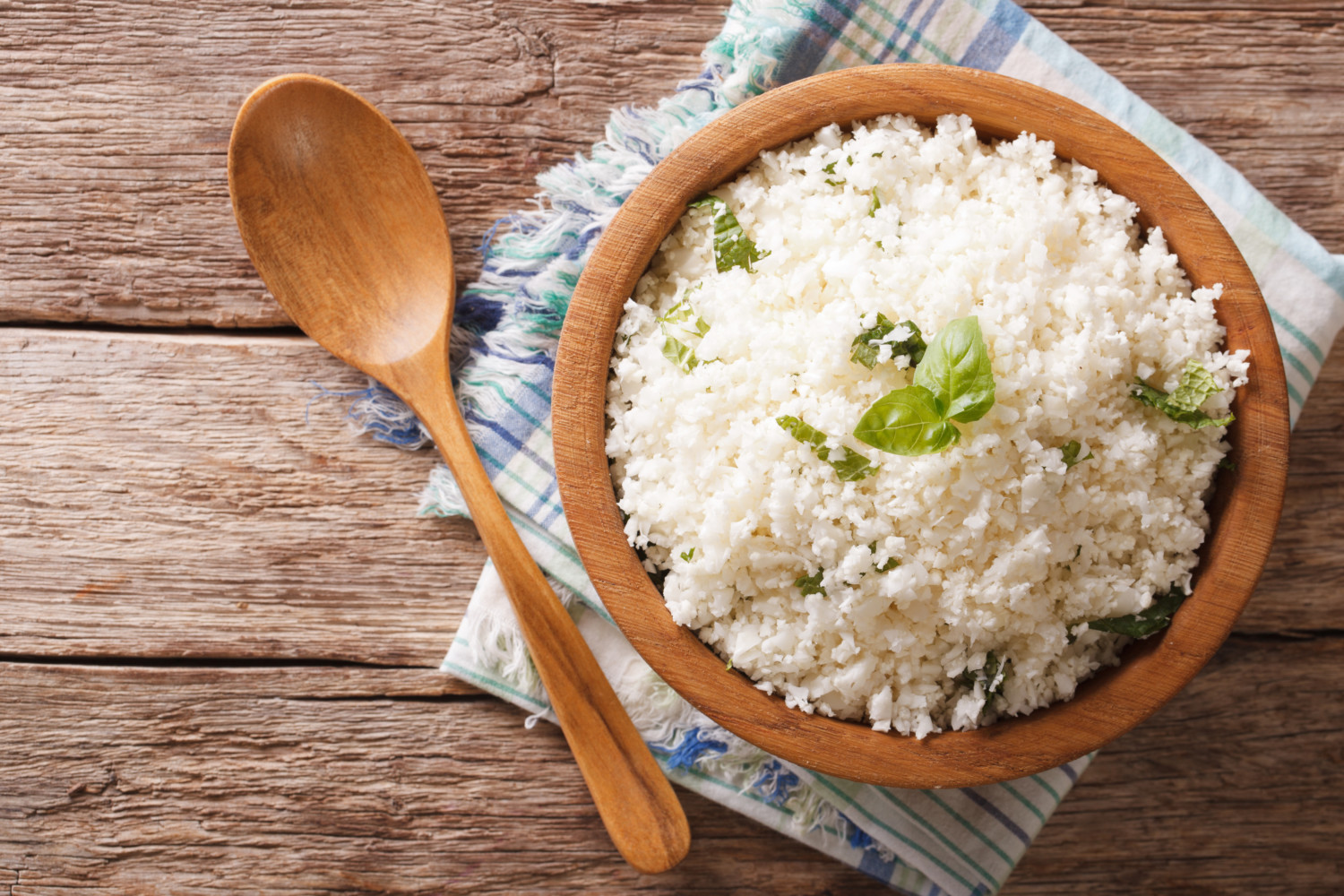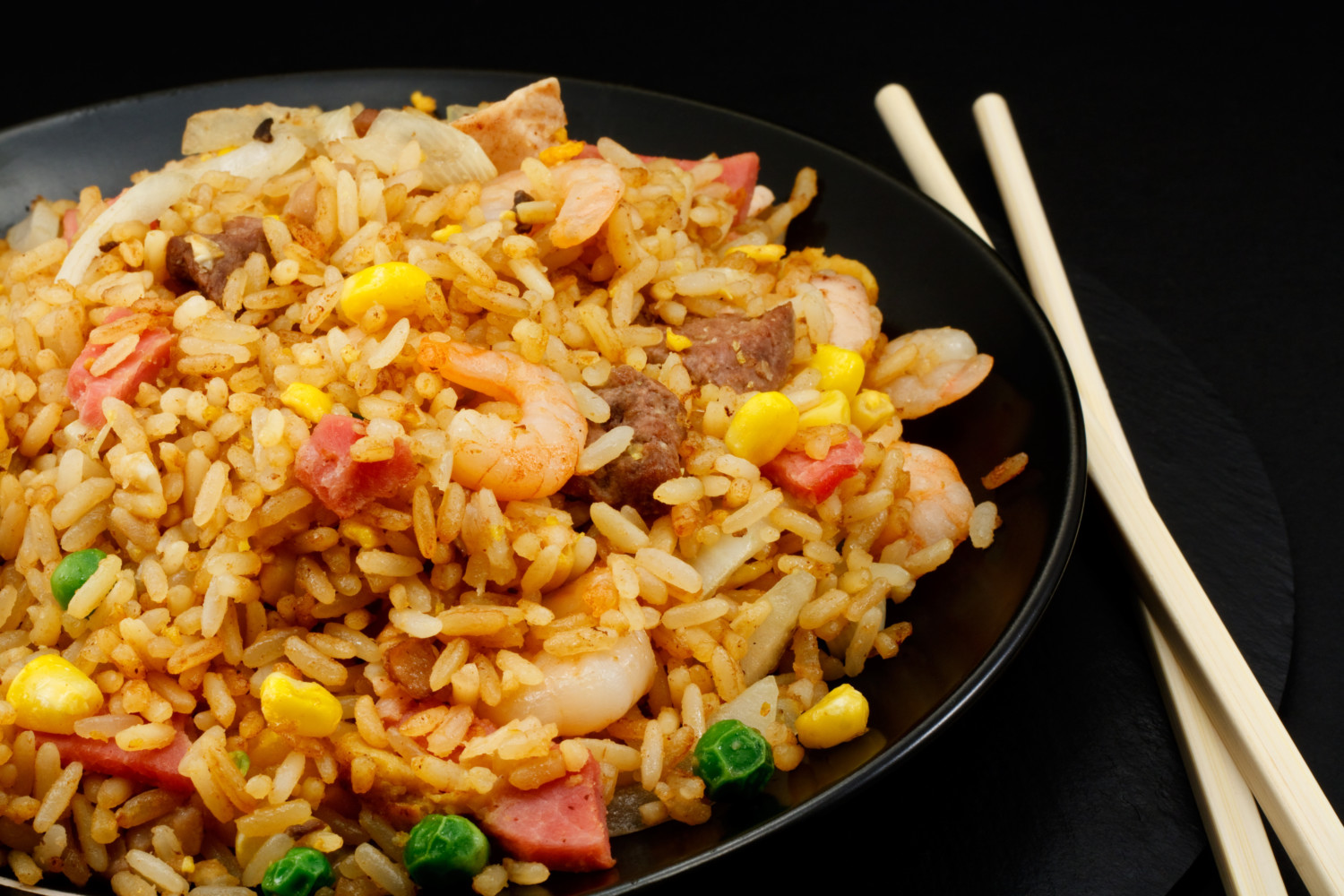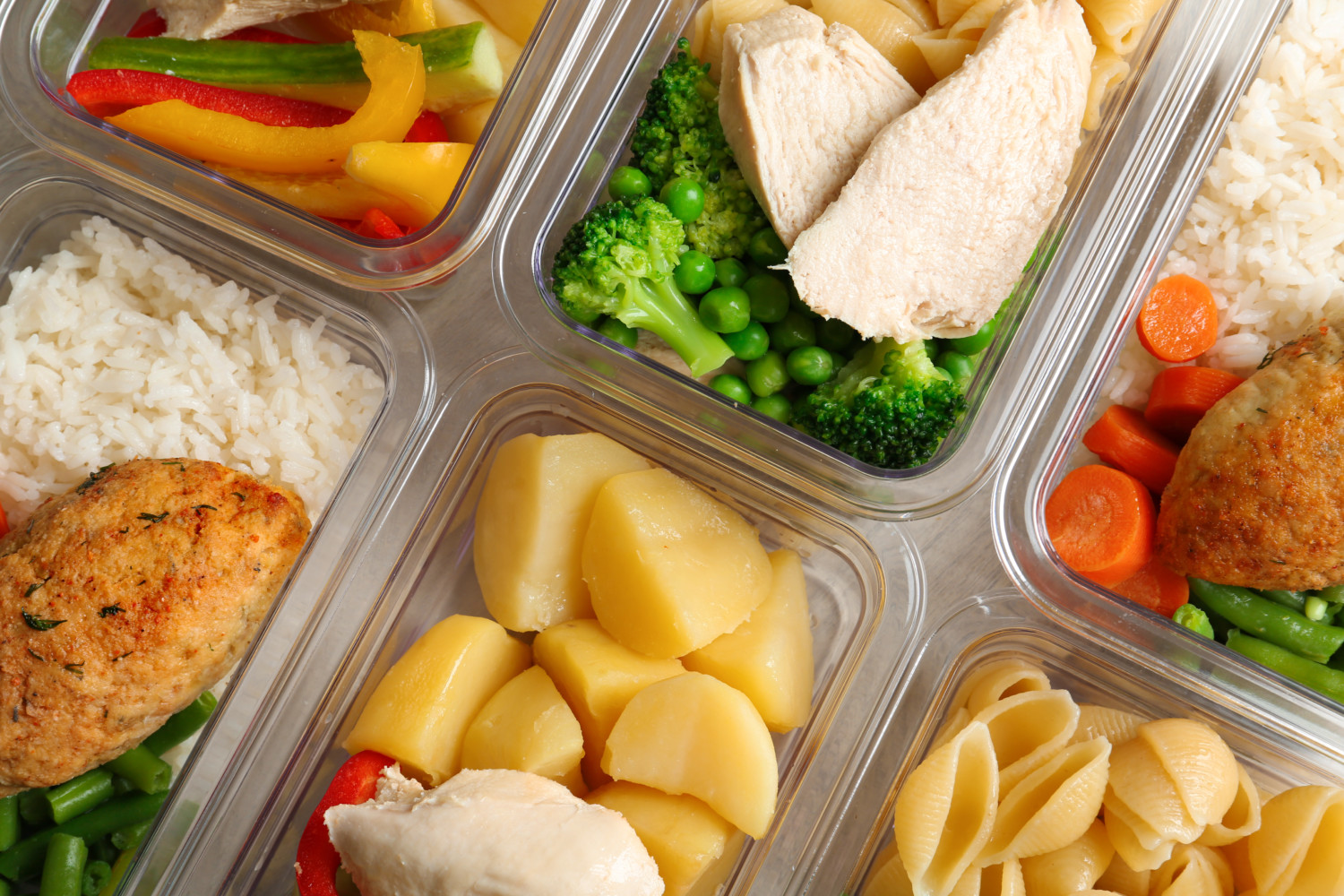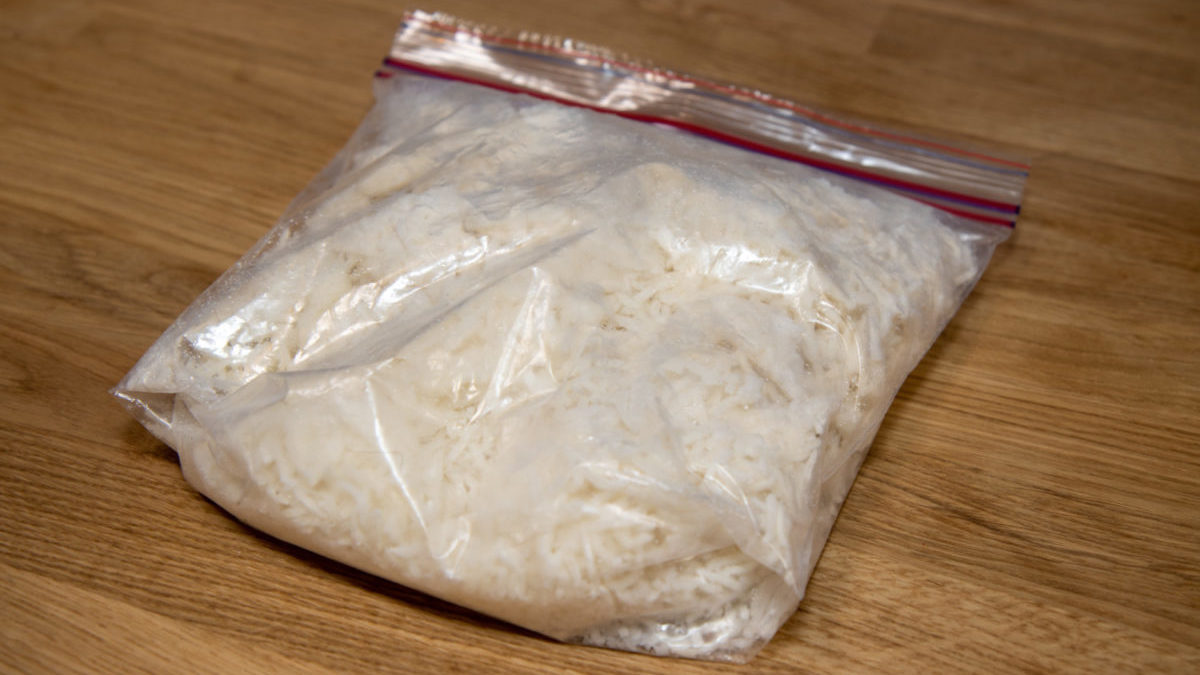The products and services mentioned below were selected independent of sales and advertising. However, Simplemost may receive a small commission from the purchase of any products or services through an affiliate link to the retailer's website.
Many people have heard of E. coli, Listeria, and Salmonella bacteria in foods such as meat, lettuce, fish and other raw ingredients. However, did you know that rice, the long-time pantry staple, can cause food poisoning?
Food poisoning affects nearly 48 million Americans every year, according to U.S. government statistics. That’s approximately 1 in every 6 people in the country. Of those millions of people, about 128,000 thousand of them require hospitalization. Nearly 3,000 die from foodborne illnesses.
About 63,400 cases of food poisoning due to Bacillus cereus (B. cereus), a food-borne bacteria often found in rice, occur annually, according to a 2019 study published on the Frontiers In Microbiology website. Rice isn’t seen as a common culprit for food poisoning compared to other sources such as raw meat, eggs, fish, and lettuce. However, if not prepared and stored properly, rice food poisoning can be an uncomfortable reminder that even a pantry staple can be unsafe under certain circumstances.

What Causes Rice Food Poisoning?
It’s important to know you can’t get rice food poisoning from touching packaged rice. B. cereus is harmless when the rice is uncooked. Once the rice gets cooked, though, the B. cereus bacteria release toxins which often are left to sit in the rice as it cools. This becomes a breeding ground for the toxins, which leads to rice food poisoning.
Rice food poisoning is also known as “fried rice syndrome” because eating cold or leftover fried rice (whether from your favorite restaurant or homemade) is the main culprit for spreading this food-borne illness. That’s because of the way it is prepared in bulk, combined with other ingredients, stored and then served to hungry diners.
“Fried rice is definitely one of the most common food vehicles for B. cereus,” said Dr. Sam Crowe, an epidemiologist at the Centers for Disease Control and Prevention, told USA Today.

What Happens If You Get Rice Food Poisoning?
According to FoodSafety.gov, anyone who contracts rice food poisoning might experience two symptoms: vomiting and/or diarrhea. Usually, these symptoms are uncomfortable but not serious for most people and last about 24 hours. How quickly these symptoms show up depends on how much of the food the sick person consumed, but 6-15 hours is listed as the normal incubation period.
Crowe says that B. cereus is sometimes associated with liver damage.
“The toxin attacks the liver and causes a pretty serious condition, which can cause the liver to stop working,” Crowe said to USA Today. “It’s rare, though.”
B. cereus has also been linked to eye infections, gastrointestinal tract infections, pneumonia and central nervous system infections in vulnerable individuals.
So, if you get food poisoning from B. cereus, stay close to home, rest and drink to replenish those fluids. If symptoms don’t improve within 24 to 48 hours, then consider calling your doctor.

How To Prevent Rice Food Poisoning
The best prevention against rice food poisoning is proper preparation of the food both during and after cooking. The key to a healthy rice-eating experience is maintaining the right temperature to prevent the bacteria’s toxins from reproducing.
Here are a few steps recommended by experts to minimize the impact of the B. cereus bacteria and to avoid rice food poisoning.
- The U.S. Department of Health and Human Services recommends keeping rice above 140 degrees Fahrenheit (60 degrees Celsius) until it’s ready to be stored safely. The danger zone for most food bacteria is between 40 degrees and 140 degrees Fahrenheit.
- Once the rice is served, do not allow it to cool off slowly by sitting out on a counter. Move it to the refrigerator as soon as possible, usually within an hour.
- Avoid storing rice in deep food storage containers. When foods are stored this way, it is more difficult for them to cool down faster. This leaves more time for the bacteria to reproduce, which increases the likelihood of contracting rice food poisoning. You’ll want to make sure you put your cooked rice in multiple, shallow food storage containers and keep it in a thin layer to ensure fast and even cooling. This is also a great tip if you’re looking to cook a lot of rice as part of a food prep routine for meals later in the week. When you reheat your rice, make sure to cook it to at least 140 degrees for safety.

Can You Get Food Rice Poisoning From Rice That’s Been Frozen, Then Reheated?
What if you make a bunch of rice and don’t have room in the refrigerator or enough of the proper food storage containers? Can you safely freeze rice and reheat it without getting rice food poisoning?
Yes, you can freeze previously cooked rice and avoid getting sick. We have some great tips on how to freeze your leftover rice safely, including using a baking sheet to help cool the rice quickly.

Again, make sure to store your cooled rice quickly and spread it out as much as possible. When it’s time to eat, reheat the rice completely to keep you and your loved ones safe!
This story originally appeared on Simplemost. Checkout Simplemost for additional stories.


